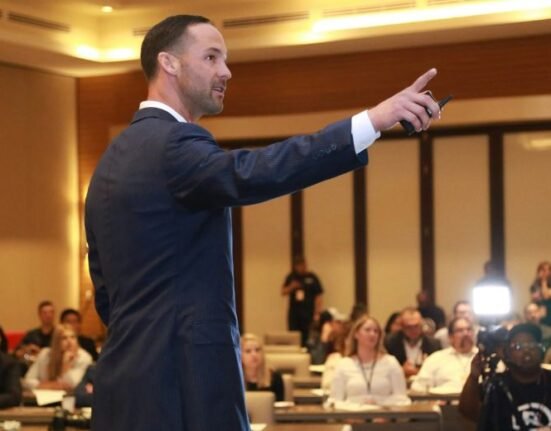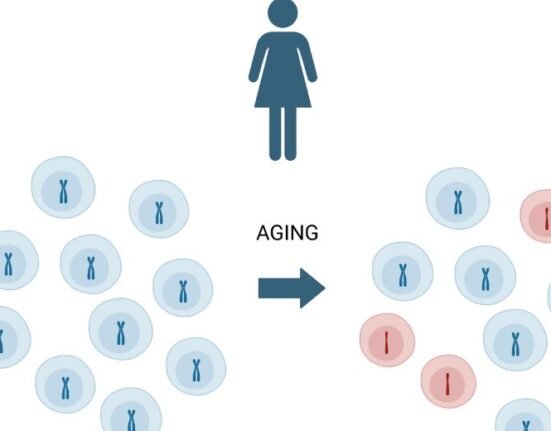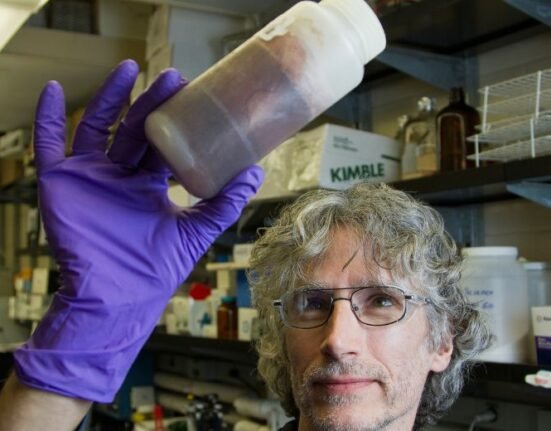HQ Team
December 3, 2022: Israeli researchers have succeeded in making computers into pathological assistants at a time when healthcare companies are trying to overcome a global shortage of pathologists by employing artificial intelligence.
A team of researchers at the Technion, Israel Institute of Technology have developed a neural network, or artificial or simulated network, to predict cancer-inducing Programmed Death Ligand-1 (PD-L1) protein accurately.
Multiple natural mechanisms prevent our immune systems from attacking our bodies. Cancer tumours often exploit these mechanisms to evade the immune system. PD-L1 is one such.
Some tumours display it, and it acts as a sort of password by erroneously convincing the immune system that it should not attack cancer.
The pathologist’s job is to determine whether a patient’s tumour expresses PD-L1. Expensive chemical markers are used to stain a biopsy taken from the tumour to obtain the answer.
Neural networks learn like children. They are presented with multiple tagged examples. A child is shown many dogs and other pictorials, and these examples form an idea of what a “dog” is.
PD-L1
The researchers’ neural network, developed by Dr Gil Shamai and Amir Livne from the lab of Professor Ron Kimmel at the Henry and Marilyn Taub Faculty of Computer Science, was presented with digital biopsy images from 3,376 patients.
They tagged them as either expressing or not expressing PD-L1.
After preliminary validation, the researchers questioned the machine whether additional clinical trial biopsy images from 275 patients were positive or negative for PD-L1. It performed better than expected.
For 70% of the patients, it could confidently and correctly determine the answer. For the remaining 30% of the patients, the program could not find the visual patterns that would enable it to decide one way or the other.
“This is a momentous achievement,” Prof. Kimmel explained. “The variations that the computer found – are not distinguishable to the human eye. Cells arrange themselves differently if they present PD-L1 or not, but the differences are so small that even a trained pathologist can’t confidently identify them. Now our neural network can.”
AI is right
In the cases where artificial intelligence (AI) disagreed with the human pathologist’s determination, a second test proved the AI to be correct.
Neural networks are a subject of machine learning and are the heart of deep learning algorithms. Their name and structure are inspired by the human brain, mimicking how biological neurons signal to each other.
The specific task researchers set out to achieve lies within immunotherapy.
Immunotherapy has been gaining prominence in recent years as an effective treatment for several types of cancer. The basis of this form of therapy is encouraging the body’s immune system to attack the tumour.
Such therapy needs to be personalised as doctors must administer the correct medication to the patients based on the specific characteristics of the tumour.
Immunotherapy
Specific immunotherapy for PD-L1 can persuade the immune system to ignore this particular password, but it would only be effective when the tumour expresses PD-L1.
“It’s an amazing opportunity to bring artificial intelligence and medicine together,” Dr Shamai said. He is now leading a team of 15 researchers who are taking this project to the next level.
“We expect AI to become a powerful tool in doctors’ hands,” said Prof. Kimmel. “AI can assist in making or verifying a diagnosis; it can help match the treatment to the individual patient; it can offer a prognosis. I do not think it can, or should, replace the human doctor. But it can make some elements of doctors’ work simpler, faster, and more precise.”
The world is facing a shortage of pathologists. A meagre pool of 102,000 pathologists exists in more than 130 countries worldwide. Two-thirds of the pathologist workforce is concentrated in just ten countries. There is one pathologist for every 125 doctors.
In the US and Canada, the ratio of doctors to pathologists is 1: 50 while in the UK, it is 1:100, and in the EU, 1:200. The shortage is severe in Africa.
Healthcare companies such as GlaxoSmithKline, Roche and Bristol Myers Squibb are forging relationships with technology companies to develop solutions in pathology.








